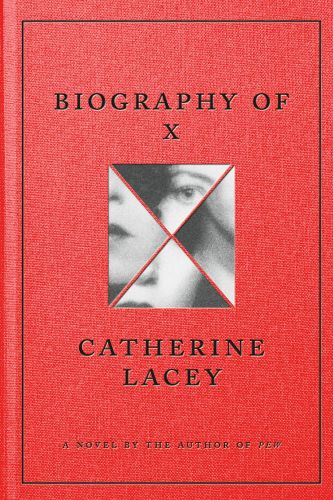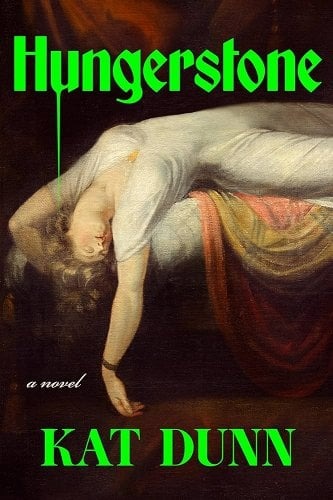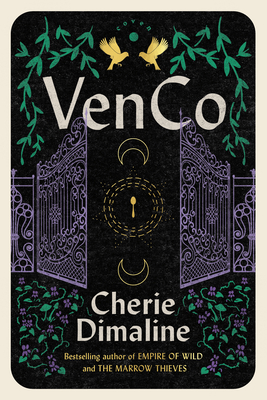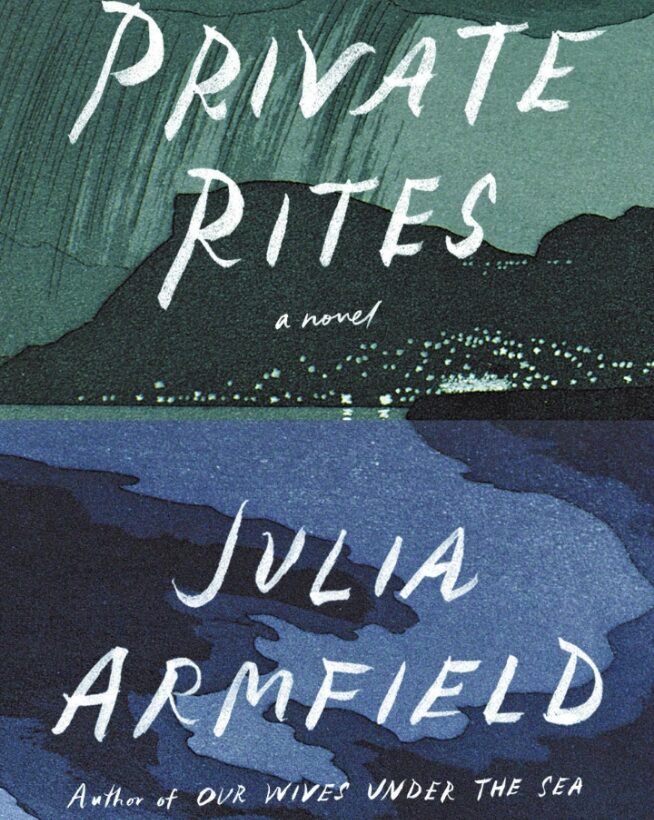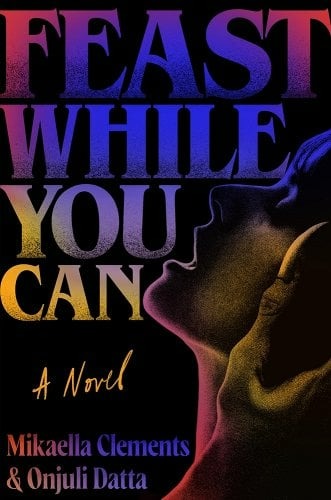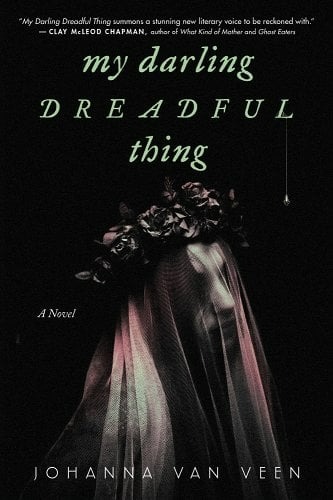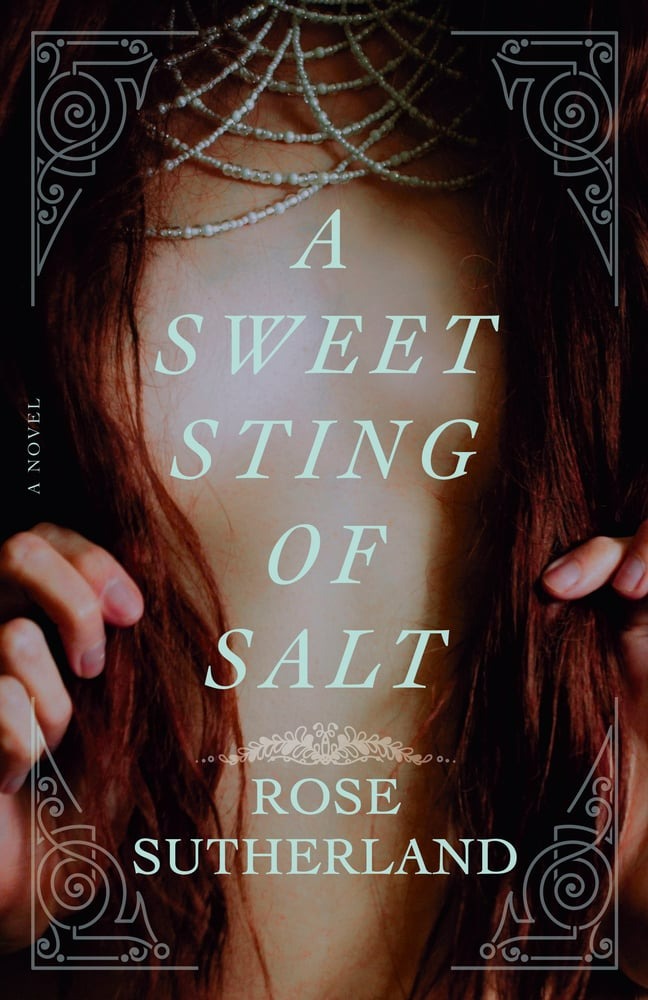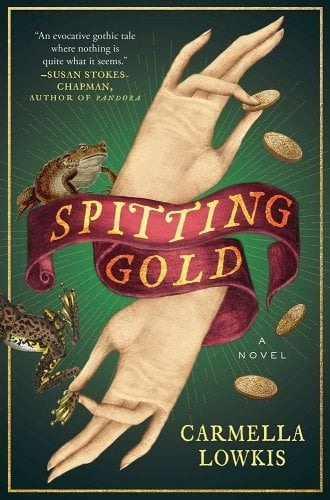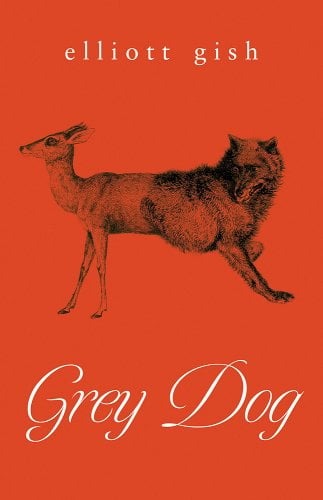In what has quickly become one of my favourite novels of all time, Catherine Lacey’s Biography of X (Picador 2023) reveals a circuitous tale of a woman’s life and an alternate history of the United States that was consuming, compelling, and thrilling to read. When a woman known only as X—a performance artist, author, and infamous socialRead More
A Haunting Carmilla Retelling: Hungerstone by Kat Dunn Review
From Gothic fiction author Kat Dunn comes a new retelling of Carmilla that is equal parts haunting and thrilling. Hungerstone (Zando, February 18 2025) is one of the best new releases of 2025. Set in mid-nineteenth-century England, Lenore has been married to her husband Henry for a decade. A steel magnate and social climber, their marriage has benefitted fromRead More
A Race Between Witches and Witch Hunters: VenCo by Cherie Dimaline Review
From the award-winning author of The Marrow Thieves (2017) comes a novel about queer community, survival, and joy—with a twist. Cherie Dimaline’s VenCo (2023) is a compelling story about the (super)natural powers of women. VenCo follows orphan Lucky St. James, the daughter of a bad-ass Métis woman living with her grandmother, Stella, in Toronto. When Lucky discovers that the twoRead More
A Haunting Gothic About Family in (Climate) Crisis: Private Rites by Julia Armfield Review
As an avid reader of all of Julia Armfield’s fiction, I was eager to pick up her newest novel. From the author of Our Wives Under the Sea (2022), Private Rites (Fourth Estate, 2024) promised to be poignant, haunting, and literary. Set in a future world where environmental disaster has flooded much of the world with ceaseless rains, threeRead More
The Perfect Sapphic Horror Read for a Cold Winter’s Night: Feast While You Can by Mikaella Clements and Onjuli Datta
Just in time for dark, chilly winter nights, Mikaella Clements and Onjuli Datta’s Feast While You Can (Grand Central Publishing 2024) is one of my top reads of 2024 and has quickly become one of my most-recommended queer horror novels! Marketed as perfect for fans of novels like Nightbitch, Feast While You Can is a novel of queer love andRead More
The Perfect Queer Gothic to Read on Halloween: My Darling Dreadful Thing by Johnna van Veen
I’ve been trying to spend the fall reading Gothic fiction, and as Halloween approaches, Johanna van Veen’s queer Gothic horror novel, My Darling Dreadful Thing (Poisoned Pen Press, 2024), is the perfect book for this time of year! Veen’s debut novel follows Roos Beckman in the 1950s. Roos has a spirit companion, Ruth, has been dead forRead More
Lush, Atmospheric Queer Historical Fiction: A Sweet Sting of Salt by Rose Sutherland
A lush, atmospheric queer historical fiction for fans of Portrait of a Lady on Fire and The Birth House, Rose Sutherland’s A Sweet Sting of Salt (Dell 2024) is the perfect read to cozy up with this fall. Sutherland’s queer retelling of the folktale The Selkie Wife follows Jean, a midwife in a Nova Scotia village who is as renowned for herRead More
A Fresh, Queer Take on Crime Fiction: Behind You by Catherine Hernandez
Amazon Affiliate Link In her new novel, Catherine Hernandez weaves gripping suspense and affecting emotion into a story of trauma, survival, and healing against the backdrop of one of Canada’s most terrifying historical events. Behind You (HarperAvenue 2024) follows Alma, a Filipina woman working as an editor for a true crime series called Infamous, which features sketchesRead More
A Twisty Sapphic Spiritualist Con: Spitting Gold by Carmella Lowkins
Buy this from Bookshop.org to support local bookstores and the Lesbrary! Carmella Lowkins’s new historical novel, Spitting Gold (Atria Books 2024), is a fabulously atmospheric story with a twisting plot that keeps you guessing until the very end! Spitting Gold is set in nineteenth-century Paris. Baroness Sylvie Devereux has worked tirelessly for years to distance herself from herRead More
Gothic Horror Infused with Queer Rage: Grey Dog by Elliott Gish
Buy this from Bookshop.org to support local bookstores and the Lesbrary! Elliott Gish’s debut queer Gothic novel, Grey Dog (ECW Press, 2024), is one of my most anticipated releases of the year. Intense, foreboding, and atmospheric, Grey Dog is the latest in queer horror, and it’s a must-read! Set in 1901, the novel is structured as the diary ofRead More
